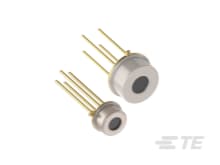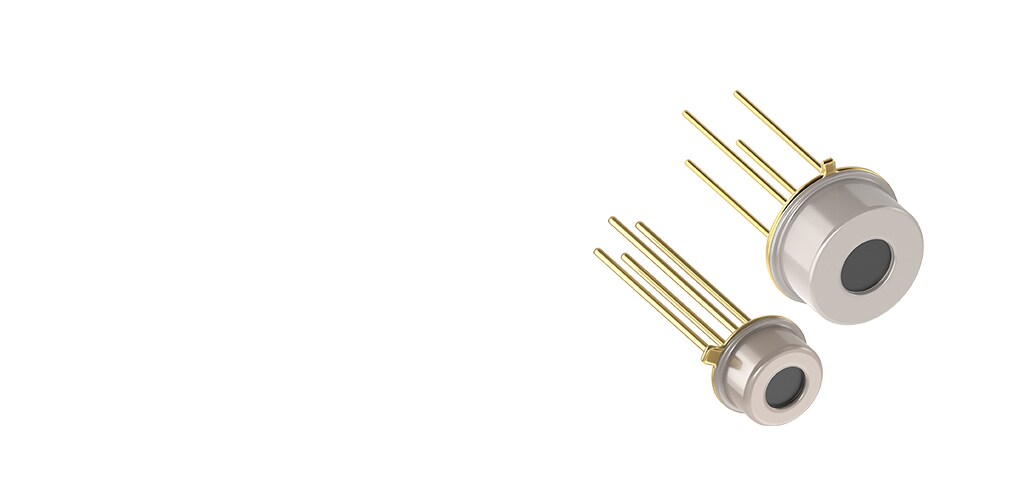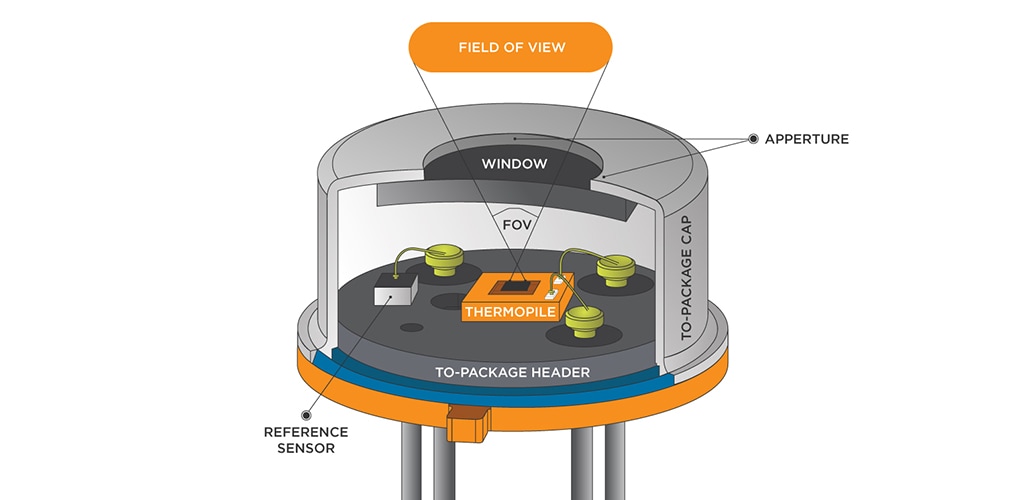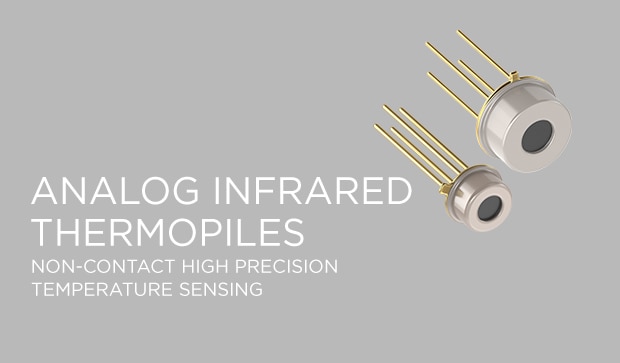-
Login/RegisterHi, GivenNameMy AccountLogin AgainCreate an AccountRegister to enjoy these benefits!
- Order Samples
- Track Your Orders
- Save Product List
- Access Additional Resources
- Get Tech Updates
Welcome!- Online Order Status
- Track Order History
- Samples Order History
- Check Order Status
- Request Secure Access
- My Parts List
- Recently Purchased
Manage AccountLogin to access your orders, address book, product lists, and more.
- Products
- Industries
- Tools & Resources
- Shop TE Store
- Services & Trainings
- About TE
- Sustainability
- Cart (0)
- Login/Register
-
- We are here to help!
- Get in touch with our product experts.
- Chat
- Email us
- Products
- Industries
- Tools & Resources
- Shop TE Store
- Services & Trainings
- About TE
- Sustainability
- Cart (0)
- Hi, GivenName (Log out)
- Dashboard
- Your Account
- Recently Purchased
-
- We are here to help!
- Get in touch with our product experts.
- Chat
- Email us
This product is not currently available. For more information, including distributor inventory, please contact us.
The product information below may not be complete. If you need documentation, similar, compatible or replacement products, please contact us.
-
Overview
This product is not currently available. For more information, including distributor inventory, please contact us.
The product information below may not be complete. If you need documentation, similar, compatible or replacement products, please contact us.
IR Sensors: Analog

- MEAS TS
Available from

Build and price the product now
Overview
Non-Contact Temperature Sensing with High Precision Analog Infrared Thermopiles

Non-contact temperature measurement has advanced technology and devices, creating better tools for temperature measurement in medical and industrial markets. This data can be essential to applications from patient vital signs monitoring, to condition monitoring of critical industrial machinery. TE Connectivity offers non-contact thermopiles with high precision for critical temperature measurement. The sensing element detects an object‘s emitted infrared energy from a fraction of an inch, to several feet away, providing a convenient and reliable method of measurement. Our infrared thermopiles can measure a wide range of temperatures from -40°C to 300°C. The robust package utilizes highly accurate reference nickel RTD or NTC based sensors, allowing our thermopiles to be more easily compensated and provide an accurate output. We offer standard and custom thermopiles in various package sizes, with different field of views (FOV) and calibrations to accommodate application requirements.

Benefits
- -40 to +300°C measurement range
- High accuracy after compensation and calibration
- Built-in temperature reference
- Hermetic enclosure
- TO-5 or TO-18 package sizes
- Infrared filter window
Applications
- Forehead, ear and tympanic temperature measurement
Condition Monitoring
- Machine temperature monitoring
- Predictive maintenance
Industrial Automation
- Process control
- Pyrometers
- High-power electrical systems



TE Connectivity offers non-contact thermopiles with high precision for critical temperature measurement. The sensing element detects an object‘s emitted infrared energy from a fraction of an inch, to several feet away, providing a convenient and reliable method of measurement. Our infrared thermopiles can measure a wide range of temperatures from -40°C to 300°C. The robust package utilizes highly accurate reference nickel RTD or NTC based sensors, allowing our thermopiles to be more easily compensated and provide an accurate output.
Introduction:
Welcome to smarter with sensors. Our video series that explains the latest sensor technologies, from TE Connectivity.
Today in SMARTER WITH SENSORS we’ll introduce the HTU31 humidity temperature sensor.
1. Humidity, what is it and why is it important?
Humidity is defined as some measure of the water vapor content of air (or other gas).
The term “humidity” is a general term to quantify the amount of water vapor in the gas or atmosphere.
Water vapor plays a critical role in maintaining quality and efficacy for products and technologies, that are used every day, as well as being essential for human existence.
It is essential for manufacturers, in a variety of industries to understand how accurate humidity measurements work, and the roles sensor products play.
2. How is it measured?
Humidity is the amount of water vapor in the air and can be measured in both absolute and relative terms. Absolute humidity is the mass of water (MW) in a volume of air and is expressed commonly in units of g/m3. Most people are more familiar with relative humidity, which is defined as the amount of water vapor in the air relative to the maximum amount of water vapor the air can hold at a given temperature and is expressed as a simple percentage from 0 to 100%.
3. What is dew point
The other term that many are familiar with thanks to the local weatherman is the term dew point, and that is defined as the atmospheric temperature (varying according to pressure and humidity), below which water droplets begin to condense and dew can form.
4. Why is humidity important?
The humidity in industrial and residential environments is critical to the long-term health and well-being of people – whether they are at work or at home. Humidity sensing and control is also important for many materials and processes in the manufacturing environment as well as for the safety of equipment and employees.
5. What are some issues associated with high humidity?
Most people are at least somewhat familiar with the issues from high indoor humidity levels. These issues can include poor indoor air quality, mold and mildew growth, lower productivity in industrial settings and lower quality sleep in residential settings, increased asthma and allergy symptoms, warped hardwood and furniture, strained HVAC systems and higher utility bills.
On the other hand, there are many problems associated with dry air or low indoor humidity levels and, these issues are generally less well known and understood. These issues include things like processing and handling of many materials in factories and industrial environments, electro-static discharge as well as human health and comfort.
6. Product description
TE Connectivity’s (TE) HTU31 series of humidity temperature sensors are designed to provide very accurate humidity and temperature measurements in a miniature 6-pin DFN surface mount package with very low power requirements. These sensors are factory calibrated and are available with either an I2C digital output or a 0.5V to 4.5V analog output and operate over a wide temperature range from -40°C to +125°C. They work over a wide voltage range and a programmable I2C address allows multiple HTU31 sensors to operate on the same I2C bus. 16 bits of resolution and an accuracy of ±2% for humidity and ±0.2°C for temperature. With a miniature footprint of only 2.5 x 2.5 x 0.9mm, the HTU31 is one of the smallest and most accurate temperature and humidity sensors on the market today.
7. How it works
The HTU31 consists of a humidity sensing dielectric layer along with a porous upper electrode, an ultra-thin polymer layer and a lower electrode that converts humidity into a capacitive signal.
That capacitive signal is processed by a custom ASIC that outputs the humidity information into a digital format. Temperature is also read by the HTU31 and temperature information is available in a digital format or as an analog output. For temperatures other than 25 degrees celsius, the temperature information can be used to provide a more accurate humidity value.
Here are the components that make up the HTU31 sensor
-The lower gold electrode is designed to be very robust and to protect the sensing element from harsh environments
-The ultra-thin polyimide layer is used to improve the polymer-to-substrate integrity
-The polymer layer has been optimized for maximum sensitivity to humidity
-The thick porous material of the upper electrode is designed to provide a fast time response as well as a fast recovery time from condensation
Here is how it works - 1) air containing water molecules surround the HTU31 sensor
2) That humid air passes into the conductive porous electrode
3) Water molecules in the air permeate the humidity sensing dielectric
4) The dielectric constant changes in proportion to the water concentration
5) That changes the capacitance of the sensing element
6) The ASIC measures the capacitance of the sensing element and then converts that capacitance reading into digital data
7) The ASIC also measures the temperature of the HTU31 sensing die and outputs that temperature information along with humidity data in either I2C or a analog output voltage
8. Health and comfort impacted by humidity
On the health side, the human body is about 65% water and the prevention of dehydration is critically important. Many human mechanisms exist to maintain the overall fluid balance in the body and health and comfort is significantly impacted by the humidity of the indoor air. Our skin, eyes and respiratory system all need proper humidity for optimal health and functionality. Research shows a link between low humidity and the likelihood of flu transmission. Studies show that higher humidity levels reduce the infectivity of the influenza virus. Our body defenses are stronger at RH levels >30%, there is less infectious flu virus in the air at higher RH levels and the likelihood of flu infectivity.
9. Applications
There are a range of applications where the HTU31 is well suited including HVACR systems. These systems require accurate humidity and temperature data in order to provide a comfortable environment for people in homes and workplaces. The HTU31 is ideal as it provides accurate humidity and temperature data with no need for calibration and provides true plug and play operation as it connects directly to an I2C bus with a simple command set that streamlines programming or an optional analog version is available that supplies a 0.5 to +4.5 volt output.
The HTU31 allows for accurate and reliable control of indoor environments which is important not only from a comfort standpoint but also is important for controlling the spread of bacteria and viruses in the air. Humidity temperature sensors like the HTU31 can also play a pivotal role in a range of healthcare applications like CPAP and other breathing equipment. Its small size and high accuracy provides accurate and reliable humidity and temperature information in a variety of medical applications. The HTU31 provides data either in a direct digital format or a 0.5V to 4.5V output and combines a humidity sensing element, along with built-in temperature sensor to provide two sets of environmental data in a range of applications.
Many of the more sophisticated medical breathing systems include the ability to add humidity to the patient’s regulated airstream. This addition of humidity can make the treatments not only more comfortable but, also more effective.
Another application that is well suited for the HTU31 is for appliances such as refrigerators, humidifiers and dehumidifier. The tiny footprint of the HTU31 minimizes board real estate and its low power consumption and the ability to utilize sleep mode operation makes it suited for battery powered applications and anywhere, where power usage is important. Also, its wide operating voltage from 3.0V to 5,5V makes it compatible with most typical appliance control circuits.
Another application that is well suited for HTU31 are printers and copiers. Humidity and temperature are critical parameters in the handling of paper as well as the dispensing of inks and toners and confirming the process is efficient and the results are professional. The high reliability and environmental robustness confirm that the HTU31 is suitable for a wide range of commercial, industrial and consumer printing applications.
Weather stations, both commercial and residential, are another area where the HTU31 can be utilized. Its wide operating temperature range from -40C to +125 Celsius and high accuracy make it well suited for outdoor and cost critical applications.
Automotive comfort and control systems are another application area where the HTU31 is well suited. The operating temperature range fits the needs of the automotive industry and its small size allows it to be integrated into tight spaces and respond quickly to changes in temperature. Humidity is important not only for passenger comfort but is critical for the monitoring and control for window and mirror defogging.
10. Summary
TE Connectivity has introduced a new surface mountable humidity and temperature digital output combination sensor, the HTU31, in a 2.5 x 2.5 x 0.9 mm package. These individually calibrated high accuracy sensors are serialized for traceability and provide a typical accuracy of ±2% for relative humidity and ±0.2°C for temperature. They come in a compact 6-pin DFN package, provide a fast response time and have a typical power consumption of only 3.78μW. The sensors are available in both a digital I2C format with configurable addresses as well as an analog version with a 0.5-4.5V output.
Now that we’ve introduced you to our latest sensor technology today, it’s your turn to design the sensor into the products of tomorrow. Visit TE.com to learn more about this sensor and TE’s broad portfolio of sensor solutions.

FAQ
FREQUENTLY ASKED QUESTIONS
Q: What is the achievable accuracy after compensation & calibration?
A: There are many factors that affect accuracy such as compensation and calibration accuracy, the accurate object temperature area according to thermopile’s FOV/distance, object material, etc. It can achieve ±0.2°C accuracy after compensation & calibration in the range of +32°C to + 42°C at human body temperature range for thermometer applications.
Q: What is the maximum distance the sensor can accurately measure temperature?
A:It depends on the geometry as per X page on the datasheet. In theory, there is no limit on the distance it can measure.
Q: What is the measured object temperature range?
A: These are analog components, there is no hard limit for the object temperature range. The object temperature range is mainly determined by the customer’s electronics and the calibration
Q: What is the spectral sensitivity range?
A: >5.5 μM for G-TPCO-032/033 and 8~14 μM for G-TPCO-031
Q: Can TE Connectivity provide more value-added services such as additional lenses for FOV, or a digital output version with compensation and calibration?
A: Yes, TE already has standard products with a digital output or different FOV options.
Q: Can the sensor measure negative temperatures?
A: Yes, the negative temperatures can be measured, the output from the sensor will be below the reference temperature output.
Q: What infrared wavelengths is the sensor able to measure?
A: For devices with 88° field of view, IR with a wavelength of 5.5μM or greater. For devices with 110° field of view, IR wavelengths from 8 to 14μM
Q: What precautions should be taken for the sensor window?
A: It should be clean and free of dirt, dust, debris, oils, fingerprints, or coatings. Any of these will introduce errors into the output signal.
Q: Can additional optics be used with the thermopile sensor?
A: Yes. Lenses that are designed for IR wavelengths can be used to focus the thermal energy. Fresnel lenses can be segmented to give multiple images and fields of view. Mirrors can also be used to differentiate and magnify thermal images.
Q: What are fundamental “good practices” when designing with thermopile sensors?
A: The sensor acts like tiny camera, but in the infrared bandwidth range. Do not block the view path from the sensor to the object being measured. Fill the field of view entirely with the object being measured.
Q: Does sunlight impact thermopile accuracy?
A: Sun light is a source of thermal radiation and can introduce errors in the signal. To avoid this, the thermopile sensor is equipped with a long wavelength filter. The filter is not perfect and a small error will be added to the radiation of the object. In case of direct sunlight exposure this error can be up to ±0.2°C.
Q: Is the sensor cap sensitive?
A: Yes. Protect the sensor cap from abrupt temperature changes. The internal reference sensor can be affected which creates errors in the output reading.
Q: What is emissivity as it relates to thermopiles?
A: Every object emits IR energy proportional to its temperature. Emissivity is the efficiency on this emission. Common materials like fabric, skin, plastics, foods have emissivity factors >90% and can be measured accurately without compensation. Materials with low emissivity (metals, polished surfaces) require compensation for accurate measurements. Refer to the product datasheet for details.
Q: Can Temperature be measured through a window / (material) ?
A: No, glass is translucent for visible light but opaque for infrared wavelengths. However it is possible to measure through materials which are translucent for infrared radiation (e.g. PTFE, FEP, PA; for >3.8µm <6.5µm)
Features
Please review product documents or contact us for the latest agency approval information.
Detailed product features are not currently available online.
Related Materials
Datasheets & Catalog Pages
- Datasheet Analog Infrared Thermopiles pdf English
Are you sure you want to close chat?

Chat
To begin your chat with TE please enter your details
